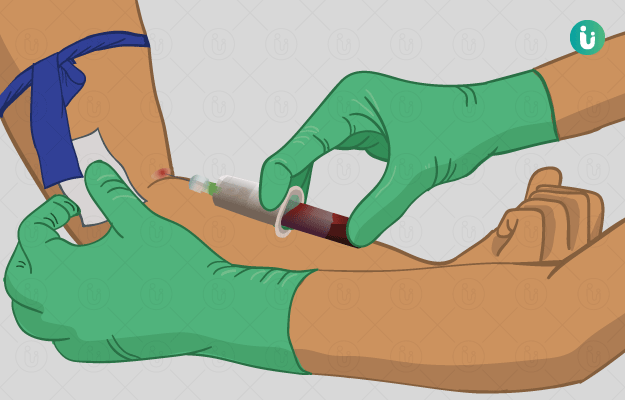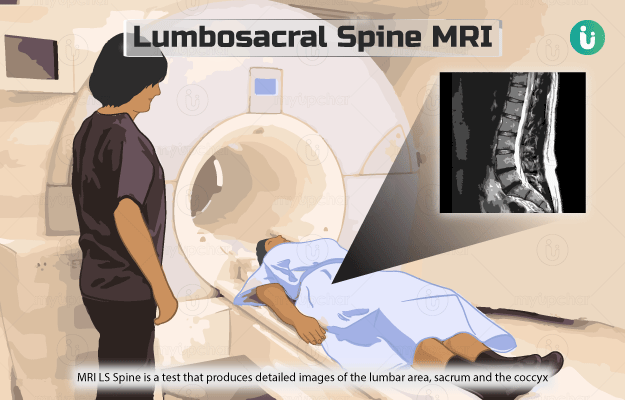What is a Computed Tomography (CT) Scan of Paranasal Sinuses (PNS) (Axial and Coronal)?
A PNS CT scan is an imaging test that helps check your paranasal sinuses, which are air-filled hollow spaces in the bones around your nasal cavity.
A CT scan uses x-ray radiation and a computer to generate slices (cross-sectional images) of your internal organs, bones, blood vessels and soft tissues. The images of the PNS can be viewed either in axial or coronal position.
-
Coronal view:
- For a coronal view, the individual is asked to lie face down on the CT scanning table with their hard palate (the hard portion in the roof of the mouth) perpendicular to the gantry of the scanning table. Gantry is the circular frame into which the person slides during the CT scan.
- A coronal view will give images of the sinuses from front to the back.
- Axial view:
- In the axial view, the person is asked to keep their hard palate perpendicular to the scanning table.
- It gives a view of the sinus cavities from top to bottom.
- If a person is not able to lie face down (in prone position) for the coronal scan, a computer-generated reconstructed coronal view can be obtained from axial sections.
Although this test is performed without using a contrast dye, in some situations, the doctor may order a CT scan with contrast dye to get detailed images of structures inside the body.








































